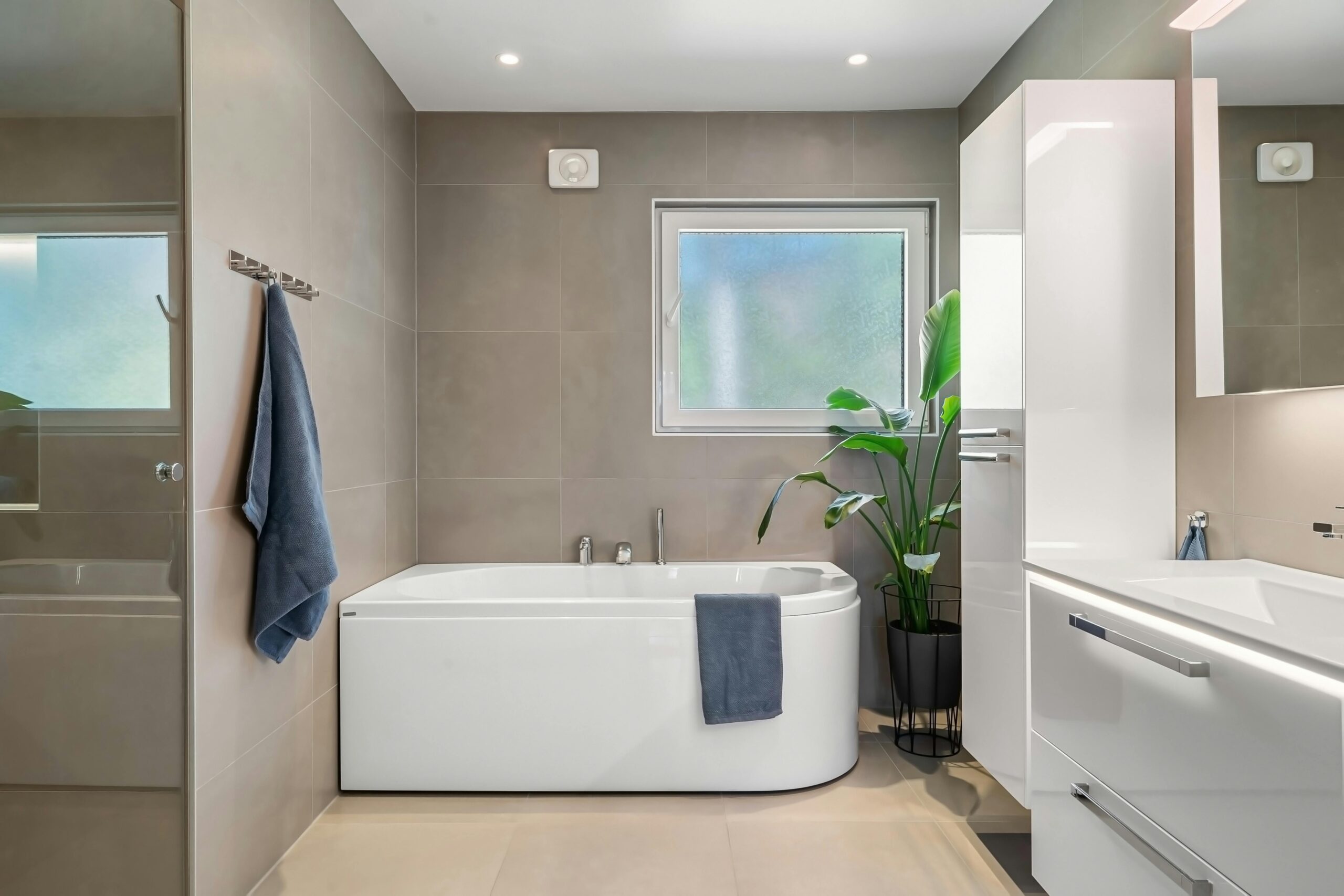Proper ventilation in kitchens and bathrooms is not merely a luxury but a necessity for maintaining a healthy, comfortable home environment. These high-moisture areas generate significant amounts of humidity, odors, grease, and various airborne pollutants that, if not properly managed, can lead to serious issues including mold growth, structural damage, and poor indoor air quality. This article explores why effective ventilation systems like range hoods and exhaust fans are crucial components of any well-designed kitchen or bathroom, how they contribute to a healthier living space, and what to consider when selecting and maintaining these important home features.
Understanding Kitchen Ventilation Importance
The kitchen serves as the heart of many homes, but it’s also a primary source of indoor air pollutants. When cooking, especially at high temperatures, we release a complex mixture of particulates, gases, and moisture into the air. Without proper kitchen ventilation, these contaminants can spread throughout your home, settling on surfaces and potentially causing respiratory issues for occupants. Cooking-related pollutants include nitrogen dioxide, carbon monoxide, and volatile organic compounds (VOCs) that can exceed healthy levels in poorly ventilated spaces. Additionally, cooking moisture increases humidity levels, which creates favorable conditions for mold and mildew growth in hidden areas. An effective range hood captures these contaminants at the source, substantially improving indoor air quality in your kitchen and throughout your home.
Range Hood Buying Guide: Finding the Right System
Selecting the appropriate range hood requires careful consideration of several factors. First, determine whether you need a ducted system (which vents outside) or a ductless model (which filters and recirculates air). While ducted systems are more effective at removing contaminants, ductless options work well in situations where external venting isn’t possible. Next, consider the hood’s airflow capacity, measured in cubic feet per minute (CFM). As a general rule, you’ll want 100 CFM for every 12 inches of stove width for electric ranges, and higher for gas stoves. Don’t overlook noise levels, typically measured in sones—lower numbers indicate quieter operation. Hood size should extend slightly beyond your cooktop on all sides for optimal performance. Finally, consider additional features like lighting options, fan speeds, and automated sensors that adjust operation based on cooking conditions. If you need help with installation, professionals found through AskHomey can ensure your range hood is properly mounted and vented.
Bathroom Exhaust Fan Benefits: More Than Just Odor Control
Bathroom exhaust fans serve a much more critical purpose than simply removing unpleasant odors. The typical shower produces approximately a pint of moisture that, without proper ventilation, remains trapped in your bathroom. This persistent humidity creates the perfect breeding ground for mold and mildew, particularly in hidden areas behind wallpaper or in ceiling corners. Beyond the visible damage to walls, ceilings, and fixtures, bathroom mold can contribute to serious respiratory problems and allergic reactions. Quality exhaust fans efficiently remove excess moisture, significantly reducing humidity levels shortly after bathing. This moisture control extends the life of your bathroom fixtures and finishes by preventing water damage and corrosion. Additionally, these fans help eliminate airborne contaminants from cleaning products and personal care items, further contributing to healthier indoor air quality throughout your home.
Preventing Mold in Bathrooms Through Proper Ventilation
Mold prevention in bathrooms begins with effective moisture management through proper ventilation. Bathroom exhaust fans should have sufficient capacity for your space—experts recommend one CFM per square foot of bathroom area as a minimum. The fan should operate during showers and baths and continue running for at least 20 minutes afterward to adequately remove moisture. Proper installation is equally important; fans must vent to the outside rather than into attics or wall cavities where moisture can cause hidden damage. Regular cleaning of fan covers prevents dust buildup that can impede airflow and reduce efficiency. For maximum mold prevention, combine good ventilation with routine bathroom maintenance practices such as wiping down shower walls after use, fixing any plumbing leaks promptly, and using mold-resistant materials for renovations. These strategies together create an environment where mold struggles to establish itself, protecting both your home’s structure and your family’s health.
Improving Indoor Air Quality: Kitchen and Bathroom Integration
A comprehensive approach to improving indoor air quality must address both kitchen and bathroom ventilation as part of a whole-house strategy. Modern homes are built increasingly airtight for energy efficiency, which can inadvertently trap pollutants inside without proper ventilation systems. In kitchens, range hoods should be used every time you cook—not just when preparing foods with strong odors or visible smoke. Similarly, bathroom fans should become an automatic habit during and after every shower or bath. Consider ventilation systems with humidity sensors that automatically adjust operation based on moisture levels, ensuring efficient operation exactly when needed. Regular maintenance of all ventilation components, including cleaning filters and checking ductwork for blockages, optimizes performance and extends equipment life. By properly integrating kitchen and bathroom ventilation into your overall home air quality plan, you create a healthier living environment with reduced allergens, fewer irritants, and better respiratory conditions for all occupants.
For more tips and to connect with reliable home service professionals, follow AskHomey on Facebook and Instagram.



